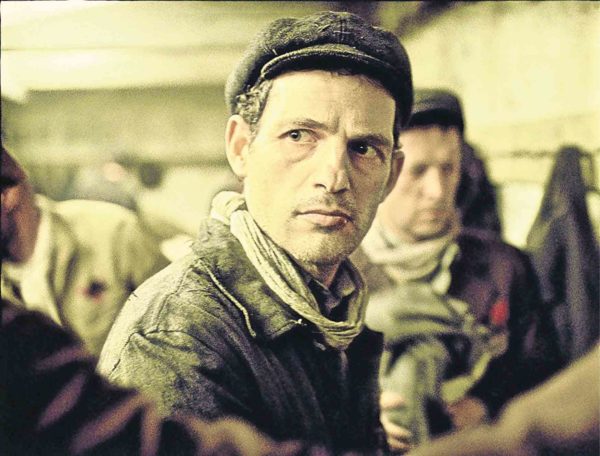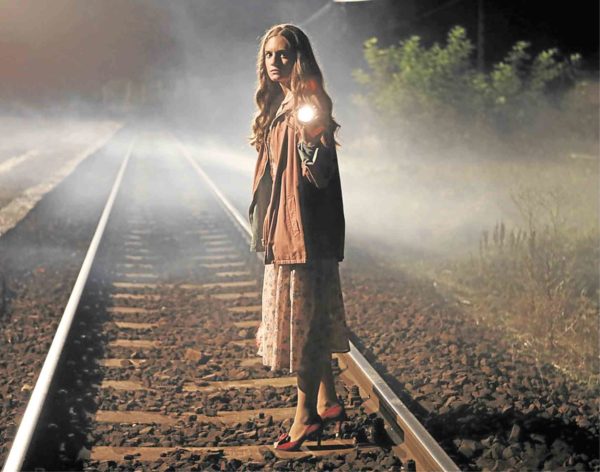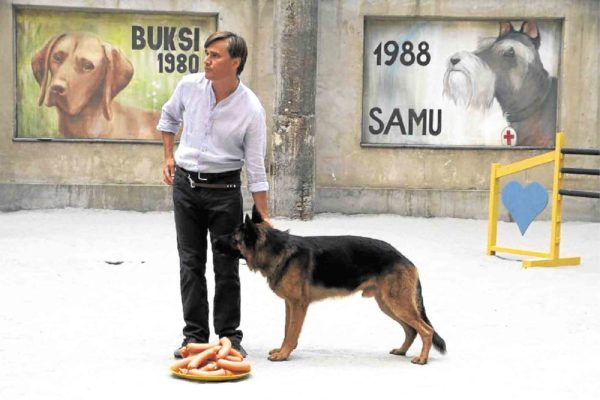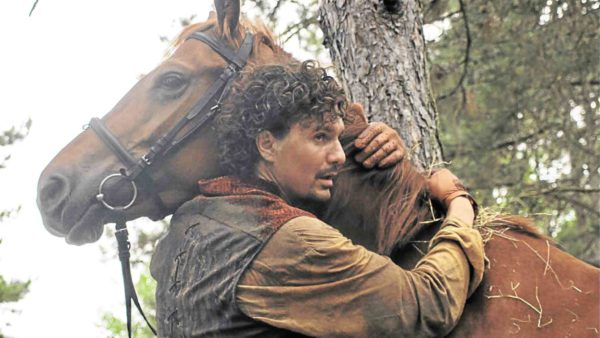Into the heart of Hungarian cinema
That most Filipinos are not acquainted with Hungary’s history and culture is precisely the main reason why its embassy is mounting the first Hungarian Film Festival, at Shang Cineplex of Shangri-La Plaza mall today and tomorrow.
Dr. József Bencze, Hungary’s ambassador to the Philippines, explains that his country’s embassy is relatively new in the country. The Hungarian embassy reopened its doors after a 21-year absence in the Philippines last March.
To introduce our European neighbor’s cinema to local audiences, the embassy has lined up four contemporary films that represent “the best achievements of Hungarian cinema.”
Centerpiece of the fest is one of the most awarded Hungarian films in recent years, László Nemes’ harrowing Holocaust drama “Son of Saul” (2015), which bagged the trifecta of best foreign language film trophies: the Oscars, Golden Globe and Bafta.
Completing the roster are Gábor Herendi’s “Kincsem” (2016), Robert-Adrian Pejo’s “Paw” (2015) and Árpád Sopsits’ “Strangled” (2016).
Article continues after this advertisementBencze remarks: “Like most visual arts, cinema is a truly international format. It is easy to interpret from any cultural background.”
Article continues after this advertisementHe notes that the four films in the fest relay a timeless, universal message. “Good and evil, the best and worst parts of human nature. These themes resonate with every viewer all over the world. Filipinos will surely not be an exception.”
Coincidentally, all four films recount specific chapters in Hungary’s history, Bencze relates. “Apart from being general reflections on the human condition, these works can be considered historic films. Furthermore, two of the movies are set during difficult periods in Hungary’s past.”
“Son of Saul” has the World War II as backdrop, while “Strangled” unfolds during the “repressive Communist regime in the 1960s.”
“What is vital to take away from these films is that it’s imperative for people and nations to face their past demons, come to terms with their deeds and history,” Bencze asserts. “This is, however, a long-term process, not a single step.”
The two other movies feature our furry and four-legged friends in the narrative: a “successful racing horse in ‘Kincsem,’ and a world-famous rescue dog in ‘Paw.’”
“It is important for us to literally put Hungary on the map in the Philippines,” he points out. “Hungary is a country many Filipinos will surely enjoy to visit because
of its history and traditions, its cuisine, architecture and sights.”
He describes the Hungarian film industry as “booming.” “We are hosting more and more foreign productions each year,” Bencze relates. “Apart from European ventures, Hungary often hosts Hollywood and Bollywood productions, too.”
He quips: “Be sure to catch glimpses of our capital Budapest in the sci-fi flick, ‘Blade Runner 2049,’ and
the coming thriller, ‘Red Sparrow.’”
Perhaps in the future, more Filipino films and TV shows will be able to shoot in Hungary, as well? “Who knows? The Philippines has an amazing cinematic tradition and a lively film industry. I am sure there are many ways of working together.”
Bencze envisions the fest expanding in future editions.




